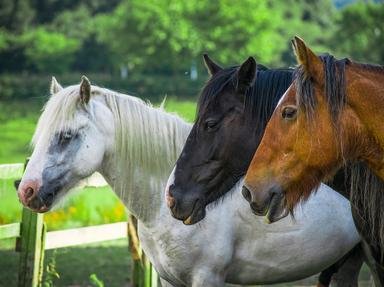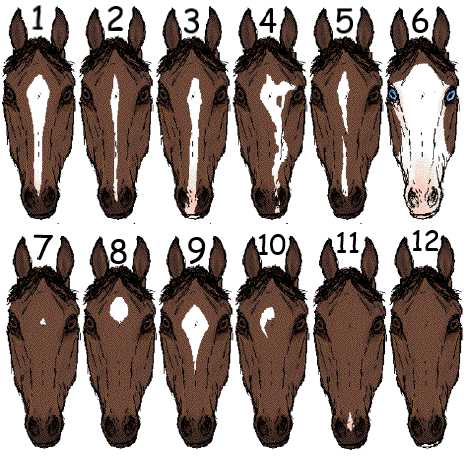
Horse Markings Trivia Quiz
Horse markings come up in many FunTrivia games, so here's a chance to keep them straight. Descriptions are all well and good, but I need pictures! Do you know a stripe from a blaze? A snip from a star? If you didn't before, you will when it's done!
A label quiz
by gracious1.
Estimated time: 4 mins.
- Home
- »
- Quizzes
- »
- Animal Trivia
- »
- Horses
- »
- Horse Colours
